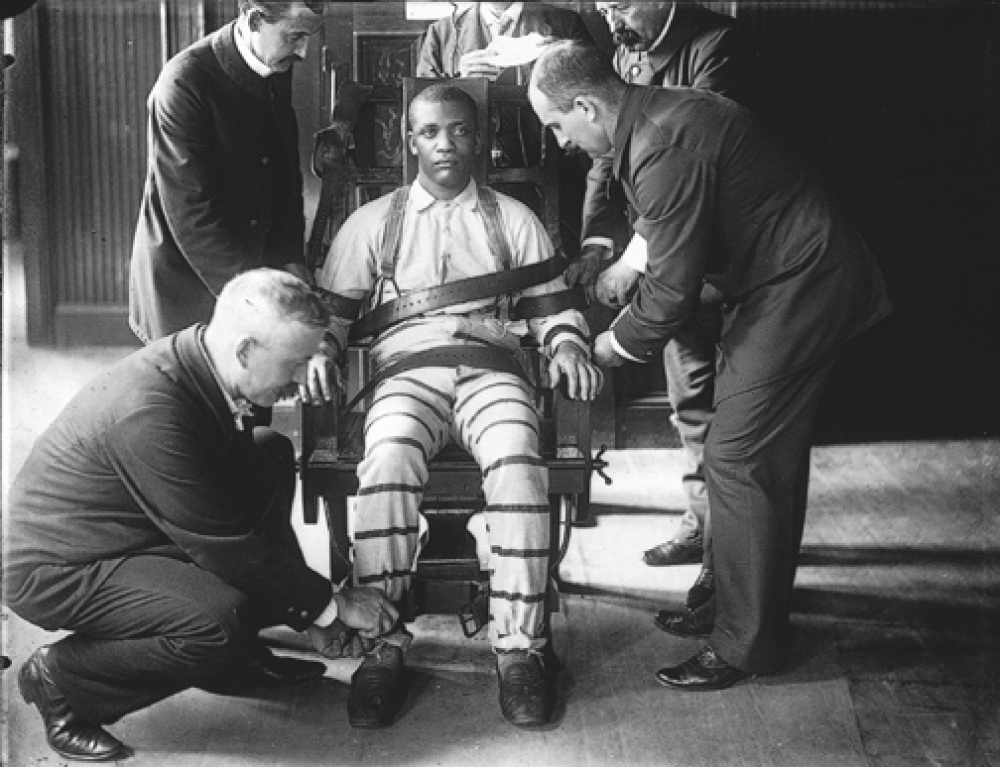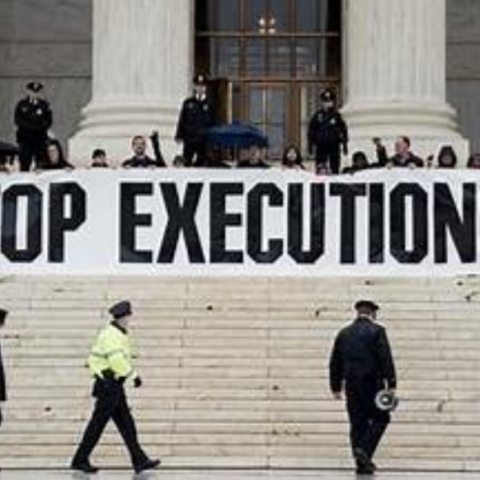
To the unsavory (and, perhaps, unlucky) few who land on death row, the last years of life are unpleasant at best. Beyond the agony of a ticking countdown to execution, inmates face a rollercoaster of appeals processes and live in an environment far more isolated than that of the run-of-the-mill inmate. The average time spent on death row has steadily increased since the 1980s, with the mean time spent today at around 16.5 years. In 2011, Supreme Court Justice Stephen Breyer dissented from the Court’s ruling to not stay the execution of Manuel Valle on the grounds that 30 years spent on death row had already amounted to cruel and unusual punishment.
Americans have a fascination with the death penalty; it is a perennial topic of circular debate, right along with abortion and gun control. Consensus seems impossible. And yet, American society has developed a rather odd way of considering state-sanctioned execution. 32 state legislatures plus the federal government have asserted that the state has the right to take the life of a criminal, given that the crime is fit with the punishment. There are, however, restrictions placed on this punishment. It may not take place in public, nor be considered cruel or unusual. We prefer our executions to be clean, painless, sanitized. It has all the trappings of sending grandma to an old folks home or putting the family dog down. While Americans cannot be criticized for aiming for humaneness, how could execution– in any form– not be considered cruel?
At the root of this paradox is the question of what purpose capital punishment serves. The most common argument for the death penalty draws on the idea of justice. He who kills deserves to be killed. The imperative of retributive justice outweighs the cruelness of taking a life. Yet, this “eye for an eye” philosophy has been widely renounced by elements of society and religion across time and place. Any school age child knows the platitude trumpeted by schoolteachers and parents alike: “an eye for an eye makes the world blind.” Ultimately, the death penalty is the most extreme form of retribution: a life for a life. So when one asks whether America should have the death penalty or not, the question boils down to whether the state should employ a policy of retribution or rehabilitation, and to what degree.
Many European states have grappled with this question, and most have eschewed severe retribution. In fact, all but Belarus have abolished it. Some, like Norway, seem to have embraced rehabilitation completely. Norway’s Halden prison is a “radically humane” attempt to rehabilitate prisoners convicted of all crimes, including violent ones like rape and murder. Situated in a blueberry forest, inmates are allowed to spent time outdoors and engage in normal everyday tasks like cooking and socializing. The prison uses “dynamic security.” Gone is institutional apparatus of the American high security prison; security is ensured by creating relationships between inmates and guards. A large, imposing wall, visible throughout the prison and its grounds, is meant to gently but firmly remind inmates of their position.

Surprisingly, the prison hasn’t had a problem with security. “In five years, the isolation cell furnished with a limb-restraining bed has never been used.” A kind of Montessori equivalent to incarceration, Halden focuses on increasing daily normalcy in its attempt to rehabilitate. In Norway, there is no death penalty, or even life sentences. Prisons like Halden indicate a real commitment to reducing recidivism and improving inmates’ futures on the outside. Some argue it works. Norway boasts one of the lowest recidivism rates in the world, 20 percent, while America’s hovers around 68 percent. However, that gap becomes significantly less appreciable when you normalize the definition of recidivism. Across the literature, it has not been proven whether rehabilitation decreases recidivism.
Yet, reducing recidivism may not the only goal of prison. Some believe prisoners deserve to be punished– this is perhaps the central idea of justice.
Do prisons like Halden serve their criminals justice? That, of course, involves a lengthy moral debate. Whether or not criminals should suffer comes down to personal belief. Another, more manageable question, however, is whether such prisons serve any deterrence role at all. If killing, raping and dismemberment only come with a 10 year sentence to a particularly secure summer camp, what’s to stop those so inclined to commit these crimes? Some Americans would argue that this element of deterrence is what gives death sentences their societal purpose.
In states like Saudi Arabia, this role is far clearer. With its public executions and gory amputations, these sentences are clearly meant to deter the public from following suit. The legal structure, drawn from strict Wahhabi Sharia law, is meant to protect stability. The law comes out of a tribal society morally inclined towards exacting personal revenge. By giving that responsibility to the state, it reduces vigilantism while also serving as an example for the rest of society. One judge commented, “The goal is not to carry out these punishments, but to scare people.” In Saudi law, a death sentence may be commuted if any member of the victim’s family wishes mercy. (This, again, highlights the salience of familiar/tribal retribution.) This happened in 2011 when the execution of Bandar al-Yehiya, who was convicted of murdering his friend over an unpaid debt, was commuted by the daughter of the victim. After traveling through the court of appeals, al-Yehiya was found guilty. However, under Islamic law, all family members of the victim must agree to the execution. Local clerics campaigned privately with the family members for mercy, even offering money. None assented except for the slain man’s daughter; her vote was enough to save him.
While ethically questionable, there is no question as to the societal functionality of Saudi Arabia’s death sentence. It serves the human desire for retribution, for a simple black and white kind of justice. Done in public, there is no question of the deed’s cruelty. Death is sickening and horrifying in all its forms. Seeing a man’s head lopped off will remind you of that fact, no matter the crime justifying it. For that reason, public execution is arguably the best way to scare people into not breaking the law. But its public nature also ensures that no one forgets the gravity of what execution is. Recently a Burmese woman in Saudi Arabia was convicted of killing her daughter, and was executed on a street. It’s on Youtube. You can hear her screaming for her life until the blow is dealt. Even if she was guilty, it is horrific.
In America, where execution is clothed in clinical discussions of injections and legal procedures, it is easy to lose sight of the reality of what capital punishment is. Just as a murder victim is no less dead whether their death was painless or torturous, a seemingly humane procedure does not lessen the gravity of what state-sanctioned execution is. Americans need to critically analyze what purpose capital punishment serves. If it is retribution, then why skirt around the issue with qualms of “botched” executions that seem painful? If it is deterrence, doing it privately where society can avoid the pain of seeing a life end reduces the desired effect.
But we don’t do it publically for a reason: it seems wrong. We should recognize this gut reaction– the deep-seated, instinctual horror– and try to weigh our beliefs against it. If the responsibility to exact reprisals outweighs humanity’s revulsion to violence, then let the practice continue, and be honest about it. Yet, if capital punishment cannot be justified, all of society bears the responsibility to expunge this institutional violence from America’s system of justice.
– By Bailey Palmer


